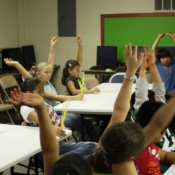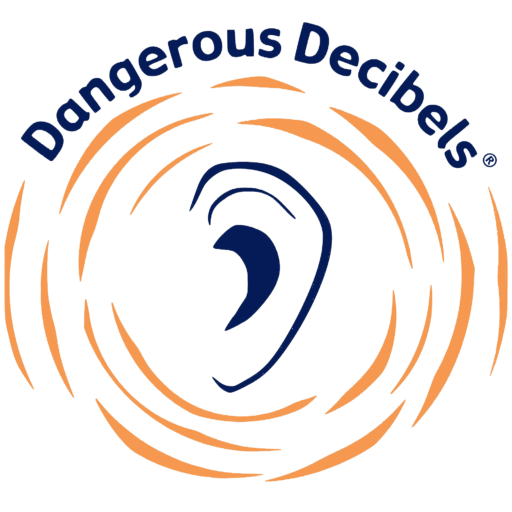Connecting with Your Audience: 2. Practical Matters
Know Your Audience

As you have learned, the Dangerous Decibels Program contains a wealth of information about the science of sound, the science of hearing, what sounds are safe or dangerous and strategies to prevent noise-induced hearing loss. The youth attending the program may arrive with degrees of familiarity with these topics and so it is helpful to have some understanding of where the students are presently at in the process of learning about these topics.
If possible, ask about the student’s knowledge:
- What do they know about ear anatomy and the sense of hearing?
- What do they know about hearing loss?
- What do they know about the prevention of noise-induced hearing loss?
- How does their knowledge differ between grades or classes?
Even students in the same grade, in the same school may have different foundational knowledge in these topic areas. Understanding the current context of their knowledge allows the Dangerous Decibels educator to adapt the program accordingly. For instance, if the class has just learned the parts of the ear anatomy, then they can be expected to spontaneously identify the parts, whereas students who have not learned about the ear may need a more introductory presentation of the ear anatomy.
What are some relevant examples of noise exposures they may encounter?
As mentioned previously, the other critical part of knowing your audience is to make sure to include relevant examples of noise sources.
The intent of learning more about your target audience isn’t to omit any parts of the Dangerous Program delivery, but rather link the modules to classroom and community context whenever possible.
